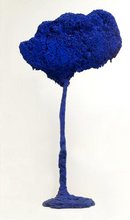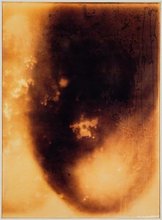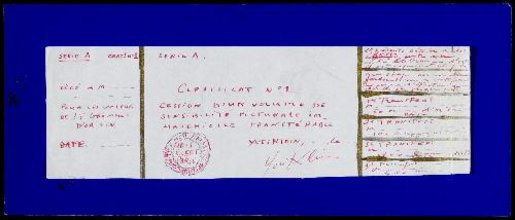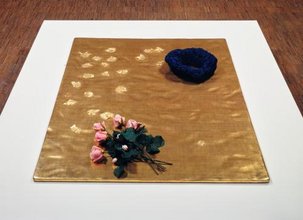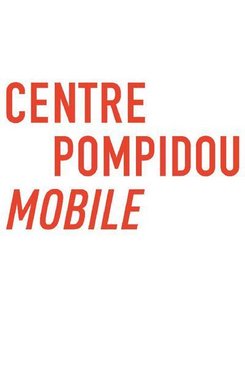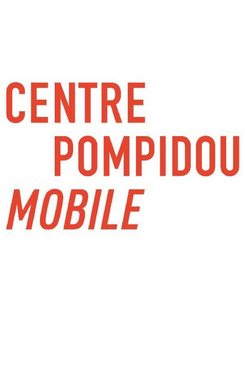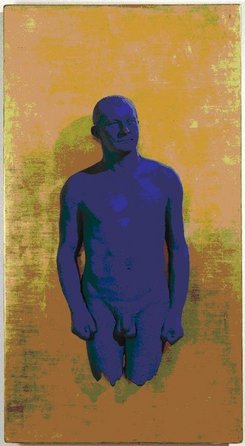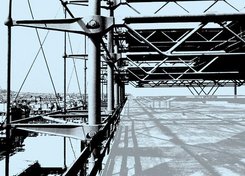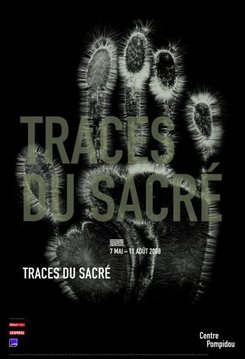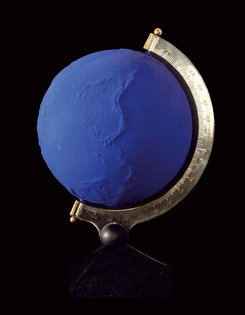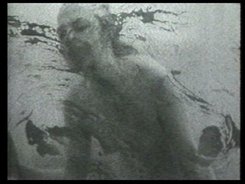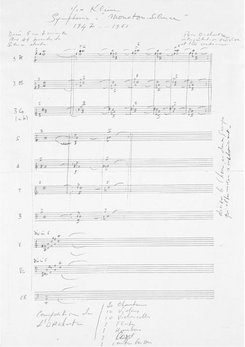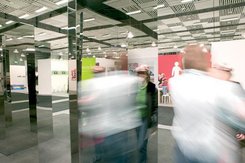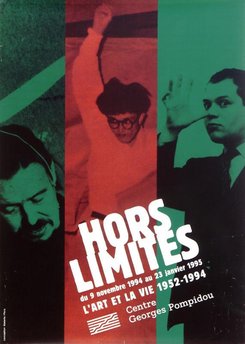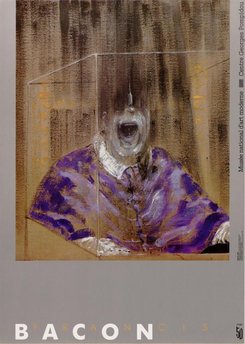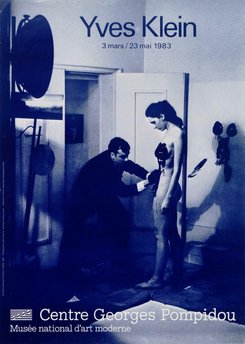Artist/personality
Yves Klein
Peintre, Sculpteur

Yves Klein
Peintre, Sculpteur
Nationalité française
Birth: 1928, Nice (Alpes-Maritimes, France)
Death: 1962, Paris (France)
© Succession Yves Klein c/o ADAGP Paris
Biography
The work of Yves Klein reveals a new conception of the artist’s role. Artists never truly create works because, according to Klein, beauty already exists, in an invisible state. Their task is to capture it wherever it is, in the air, in materials or on the surface of their models’ bodies, to make it visible for all. Klein made his life an artwork in and of itself.
Yves Klein was born on 28 April 1928 in Nice, to parents who were both artists themselves. His father, Fred Klein, was a figurative painter who exhibited from the early 1930s and his mother, Marie Raymond, an abstract geometric painter who was widely recognised from 1945 onwards. This environment meant that he was familiar very early with the artistic world, but Yves Klein initially moved towards another career. Though he painted spontaneously from his teenage years, it was secondary to other activities. First, to judo, which he started in 1947, at a time when it was not yet considered a sport but rather a method for intellectual and moral education to develop self-control. At one of his first classes, he met Armand Fernandez, the future artist known as Arman. In 1952, he went to Japan to fine-tune his skills, where he became a black belt, 4th dan: a rank that no other French person had achieved at the time. Back in France, with the French Judo Federation refusing to let him teach, he opened his own school in 1955 which he decorated with monochromes, but which he had to close the following year for financial reasons.
In parallel, Yves Klein discovered the mystical thinking of the Rosicrucian secret society. The monochromes he painted became religious objects for him. He regularly read The Rosicrucian Cosmo-Conception, a founding text by Max Heindel, in which knowledge through imagination is considered the most powerful of human faculties. In search of the immaterial appropriation of art, Klein invented the Chèque for a “Zone de Sensibilité Picturale Immatérielle” (Zone of Immaterial Pictorial Sensibility, 1959),
Yves Klein exhibited his work for the first time in an artistic context in 1955 at the Club des Solitaires in Paris, under the title “Yves, peintures”, with monochromes, such as Monochrome orange (Orange Monochrome, June 1955). There he met art critic Pierre Restany, with whom he would collaborate all his life. His career as a painter had begun.
In 1957, he began his “blue period”, a choice of colour confirmed by his trip to Assisi (Italy), where he discovered the skies of painter Giotto. In him, Klein recognised the true precursor of use of the colour blue: uniform and spiritual. Klein radically developed this blue monochrome when he managed to set the pigment that gave a truly unique matte texture to his paint. The original formula was validated in 1960 by the National Industrial Property Institute: IKB (International Klein Blue). HisIKB3, Monochrome Bleu (Blue Monochrome, 1960), is an icon in the history of contemporary painting. That same year, Yves Klein, now an artist of international renown, took part in founding New Realism, while continuing his personal research.
The blue monochromes are only one aspect of his work, which involved different techniques, such as the Anthropométries series, made from the marks left by living female models (ANT 82, Anthropométrie de l’époque bleue [Anthropometry of the Blue Period], 1960) and later, a blue-soaked sponge (SE 71, L’Arbre, grande éponge bleue [Tree, Large Blue Sponge], 1962). From 1960 onwards, the artist multiplied his inventions and new experiences, from body art to public performances. He used gold leaf (RP3, Ci-gît l’Espace [RP3, Here Lies Space], 1960) and fire (F74, Peinture de feu [Fire Painting], 1961), and created works combining a trilogy of colours: blue, gold and pink. In 1961, he created an ex-voto in the form of a triptych that he dedicated to Saint Rita (saint of impossible causes) as thanks for his first commission in Germany (Geselkirchen Opera, 1959). In January 1962, he orchestrated his wedding with artist Rotraut Uecker as a veritable performance. He died from a heart attack at the age of 34, in June of the same year.




